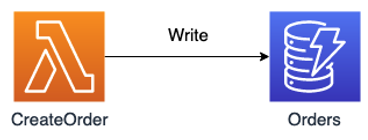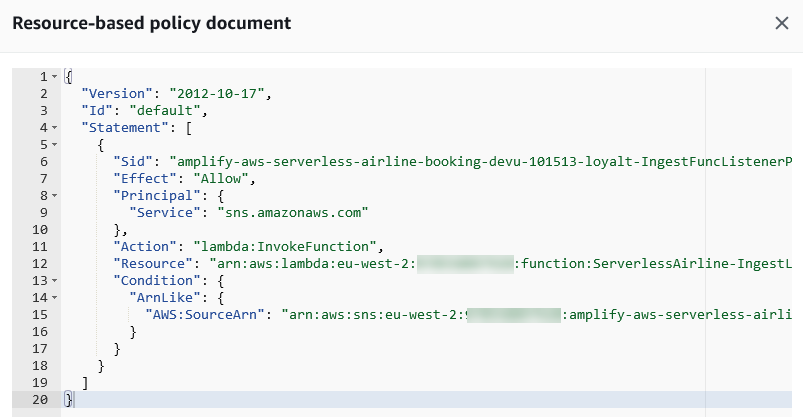AWS Compute Blog
Category: AWS Identity and Access Management (IAM)
Introducing cross-account targets for Amazon EventBridge Event Buses
This post is written by Anton Aleksandrov, Principal Solutions Architect, Serverless and Alexander Vladimirov, Senior Solutions Architect, Serverless Today, Amazon EventBridge is announcing support for cross-account targets for Event Buses. This new capability allows you to send events directly to targets, such as Amazon Simple Queue Service (Amazon SQS), AWS Lambda, and Amazon Simple Notification Service […]
Simplifying serverless permissions with AWS SAM Connectors
This post written by Kurt Tometich, Senior Solutions Architect, AWS. Developers have been using the AWS Serverless Application Model (AWS SAM) to streamline the development of serverless applications with AWS since late 2018. Besides making it easier to create, build, test, and deploy serverless applications, AWS SAM now further simplifies permission management between serverless components […]
Building AWS Lambda governance and guardrails
When building serverless applications using AWS Lambda, there are a number of considerations regarding security, governance, and compliance. This post highlights how Lambda, as a serverless service, simplifies cloud security and compliance so you can concentrate on your business logic. It covers controls that you can implement for your Lambda workloads to ensure that your […]
Scaling AWS Lambda permissions with Attribute-Based Access Control (ABAC)
This blog post is written by Chris McPeek, Principal Solutions Architect. AWS Lambda now supports attribute-based access control (ABAC), allowing you to control access to Lambda functions within AWS Identity and Access Management (IAM) using tags. With ABAC, you can scale an access control strategy by setting granular permissions with tags without requiring permissions updates […]
Using organization IDs as principals in Lambda resource policies
This post is written by Rahul Popat, Specialist SA, Serverless and Dhiraj Mahapatro, Sr. Specialist SA, Serverless AWS Lambda is a serverless compute service that runs your code in response to events and automatically manages the underlying compute resources for you. These events may include changes in state or an update, such as a user […]
Building well-architected serverless applications: Implementing application workload security – part 2
This series of blog posts uses the AWS Well-Architected Tool with the Serverless Lens to help customers build and operate applications using best practices. In each post, I address the serverless-specific questions identified by the Serverless Lens along with the recommended best practices. See the introduction post for a table of contents and explanation of the example application. Security question SEC3: […]
Building well-architected serverless applications: Managing application security boundaries – part 2
This series uses the AWS Well-Architected Tool with the Serverless Lens to help customers build and operate applications using best practices. In each post, I address the nine serverless-specific questions identified by the Serverless Lens along with the recommended best practices. See the introduction post for a table of contents and explanation of the example application. Security question SEC2: How do […]
Building well-architected serverless applications: Managing application security boundaries – part 1
This series of blog posts uses the AWS Well-Architected Tool with the Serverless Lens to help customers build and operate applications using best practices. In each post, I address the serverless-specific questions identified by the Serverless Lens along with the recommended best practices. See the introduction post for a table of contents and explanation of the example application. Security question SEC2: […]
Getting started with serverless for developers part 5: Sandbox developer account
This is part 5 of the Getting started with serverless series. In part 4, you learn how the developer workflow for building serverless applications differs to a traditional developer workflow. You see how to test business logic locally before deploying to an AWS account. In this post, you learn how to secure and manage access […]
Operating Lambda: Building a solid security foundation – Part 1
This post explains the Lambda execution environment and how the service protects customer data. It covers important steps you should take to prevent data leakage between invocations and provides additional security resources to review.









